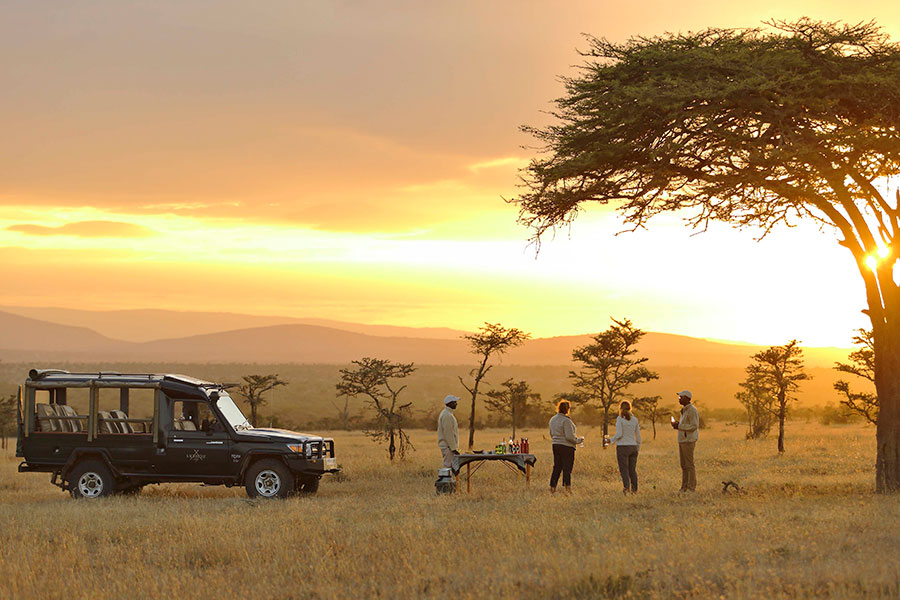TANZANIA
The Soul of Africa
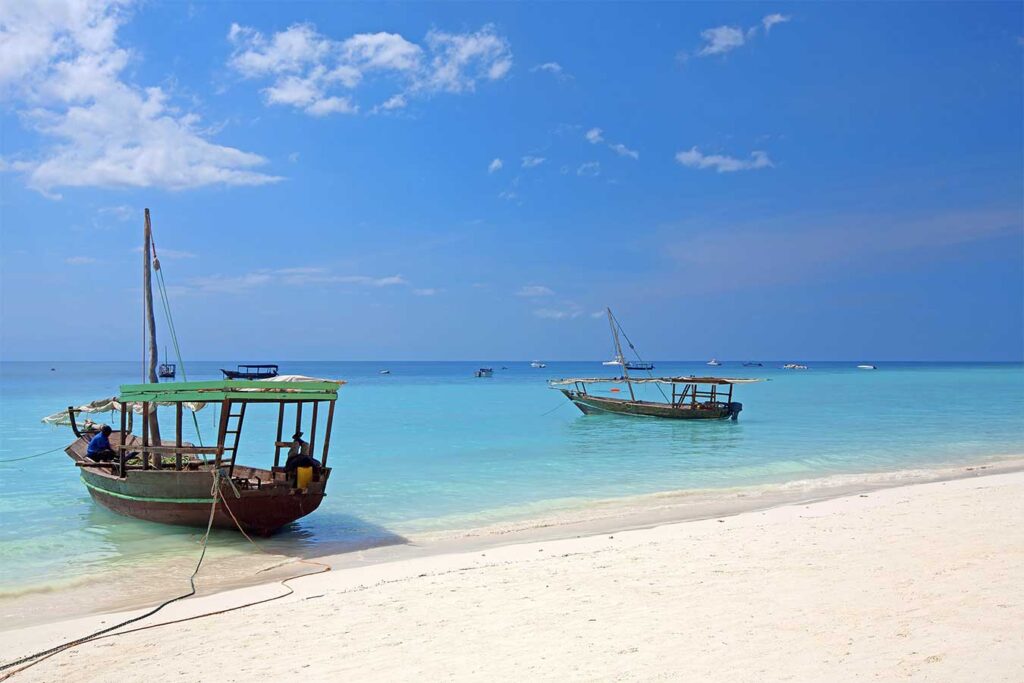
Why visit Tanzania?
Tanzania is situated in East Africa, just south of the Equator. This diverse country boasts a plethora of natural wonders, including savannah national parks, lush forests, towering mountains, pristine beaches, and more. One of the prime attractions drawing visitors to Tanzania is its renowned safari experiences, notably in the Serengeti National Park, Mt Kilimanjaro, the Ngorongoro Crater, and various other captivating wildlife areas. Birdwatching enthusiasts also find Tanzania to be a paradise, with its rich avian diversity attracting both dedicated birders and casual observers alike.
In 1964, Tanzania achieved sovereignty through the merger of the former states of Tanganyika and Zanzibar. Mainland Tanganyika constitutes over 99 percent of the combined territory’s landmass, with the remainder encompassing Mafia Island, administered from the mainland, and the separate administrations of Zanzibar and Pemba. Since 1974, Dodoma has served as Tanzania’s designated capital, strategically located in the central region of the mainland. Meanwhile, the bustling city of Dar-es-Salaam stands as the country’s largest urban center and primary port.
Location of Tanzania
Covering an expanse of 947,303 square kilometers (365,756 square miles), Tanzania ranks as the 13th largest country in Africa and the 31st largest globally. It shares borders with Kenya and Uganda to the north, Rwanda, Burundi, and the Democratic Republic of the Congo to the west, and Zambia, Malawi, and Mozambique to the south. Positioned on Africa’s eastern coast, Tanzania boasts a coastline stretching 1,424 kilometers along the Indian Ocean, inclusive of several offshore islands such as Zanzibar, Pemba, and Mafia. Notably, Tanzania encompasses both the continent’s loftiest peak, Mount Kilimanjaro, towering at 5,895 meters (19,341 feet) above sea level, and its deepest underwater point, the floor of Lake Tanganyika, plunging to 1,471 meters (4,826 feet) below sea level.
The northeastern sector of Tanzania, housing Mount Kilimanjaro, is characterized by rugged mountains and dense forests. Additionally, the country lays claim to segments of three of Africa’s Great Lakes: Lake Victoria, Africa’s largest lake, and Lake Tanganyika, the continent’s deepest, situated to the north and west, respectively. These lakes are renowned for their diverse and unique fish species. To the southwest lies Lake Nyasa. Meanwhile, the central region of Tanzania is dominated by a vast plateau featuring expansive plains and fertile farmland.
Off the eastern shore lies the Zanzibar Archipelago, known for its sultry climate and lush vegetation. Noteworthy natural landmarks include the Kalambo Falls, Africa’s second-highest continuous waterfall, located near the southeastern shore of Lake Tanganyika along the border with Zambia. Furthermore, the Menai Bay Conservation Area in Zanzibar stands as the largest marine protected area in the region.
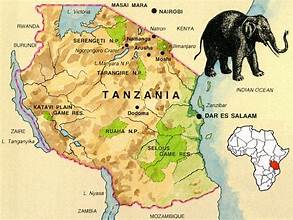
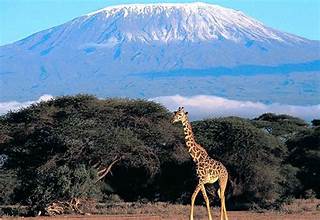
Facts About Tanzania
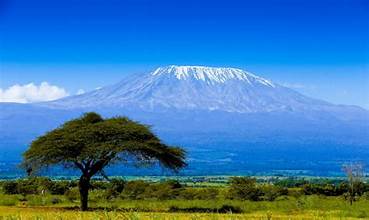
Tanzania Climate
Mainland Tanzania exhibits a diverse array of climatic and topographic features, which can be categorized into four primary zones. Firstly, there are the hot and humid coastal lowlands along the Indian Ocean shoreline. Then, there's the hot and arid zone spanning the extensive central plateau. Moving inland, we encounter the high mountainous and lake region along the northern border, where Mount Kilimanjaro presides. Additionally, there are the highlands in the northeast and southwest, characterized by climates varying from tropical to temperate. Tanzania's warm equatorial climate is heavily influenced by elevation changes. Despite its proximity to the equator, the country experiences limited seasonal temperature variations due to high solar radiation levels throughout the year, with most stations recording mean monthly temperature variations of less than 9°F (5°C). Ground frosts are a rarity below 8,200 feet (2,500 meters). Rainfall patterns in Tanzania are notably seasonal. Approximately half of mainland Tanzania receives less than 750 mm of precipitation annually, which is considered the minimum required for successful tropical crop cultivation. The central plateau receives even less rainfall, averaging below 510 mm per year, and typically experiences a single rainy season from December to May. Along the coast, rainfall is more abundant, with two distinct peaks in precipitation occurring in October-November and April-May.

Tanzania Culture and People
Tanzania's population, as documented by reputable surveys, encompasses over 120 distinct indigenous African ethnicities, many of which have amalgamated into larger cultural groupings over time. Regrettably, some of the smaller ethnic communities are gradually dwindling, a consequence attributed to factors such as rural-to-urban migration, modernization, and political influences. Presently, the majority of Tanzanians trace their origins to Bantu ancestry. The Sukuma, residing in the northern region south of Lake Victoria, constitute the largest Bantu group. Other prominent Bantu groups include the Nyamwezi in the west-central area, the Hehe and Haya in the southern highlands and northwest corner respectively. On the southern slopes of Mount Kilimanjaro reside the Chaga, while the Makonde inhabit the southeastern Mtwara and Ruvuma regions. Nilotic peoples, such as the Maasai, Arusha, Samburu, and Baraguyu, are also significant inhabitants of mainland Tanzania's north-central region. Another notable ethnic group is the Zaramo, largely urbanized and concentrated in and around Dar es Salaam and its coastal environs. Conversely, the Zanaki represent the smallest ethnic group, situated near Musoma in the Lake Victoria region. Julius Nyerere, the revered founding father and initial president of Tanzania (1962 – 1985), hailed from the Musoma ethnic group.
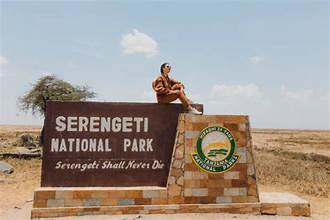
Is Tanzania Safe?
Tanzania stands as a secure destination for tourists, with tourism serving as a significant contributor to the country's foreign income. Local authorities prioritize security matters diligently, ensuring a safe environment for visitors. Furthermore, Tanzania boasts remarkable political stability within the region, while its people are renowned for their warm and welcoming nature. However, like any other destination, Tanzania is not immune to criminal activities. Therefore, exercising common sense and adhering to certain guidelines is advisable: • Steer clear of known hazardous areas within towns, typically highlighted in guidebooks or pointed out by your guide. • Keep your belongings under your watchful eye at all times to prevent theft. • When capturing photographs in urban areas, consider having a guide accompany you. This isn't solely for safety reasons but also to facilitate communication with locals, who may be hesitant due to cultural norms and language barriers. • After nightfall, refrain from walking and opt for taxi services for intra-city travel. These can be conveniently arranged through your tour operator or hotel reception. By following these precautions, visitors can enjoy a fulfilling and secure experience while exploring the wonders of Tanzania.
Tanzania Safaris
Top Tanzania National Parks
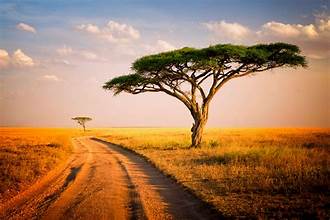
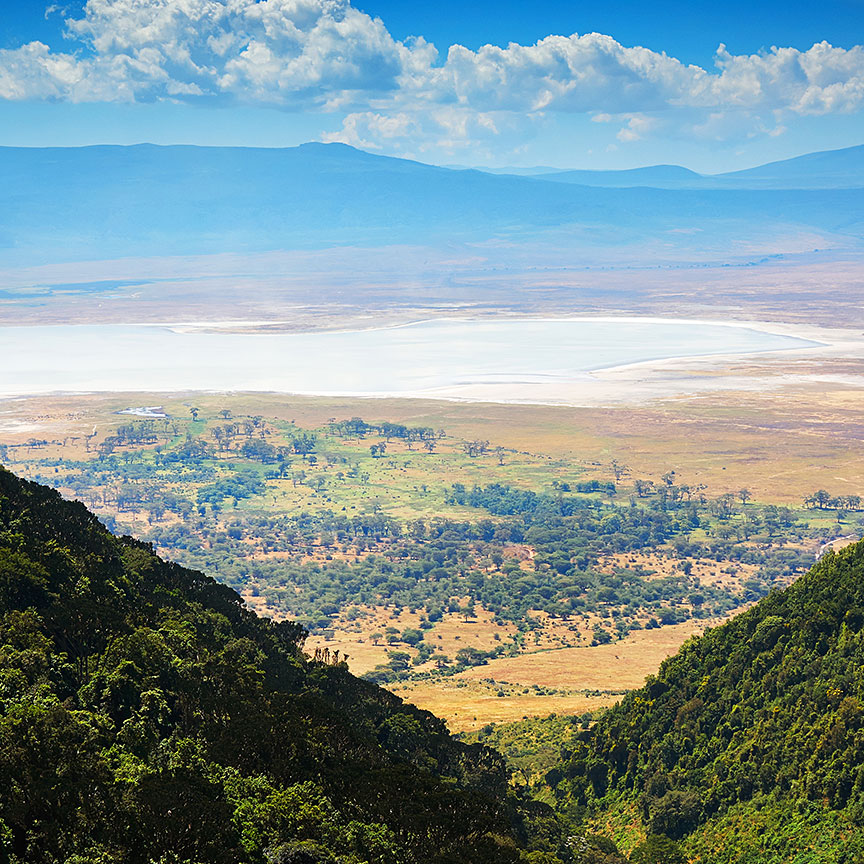
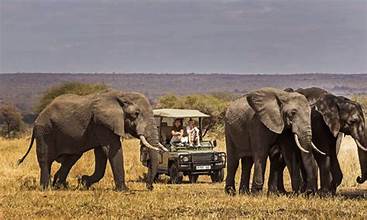
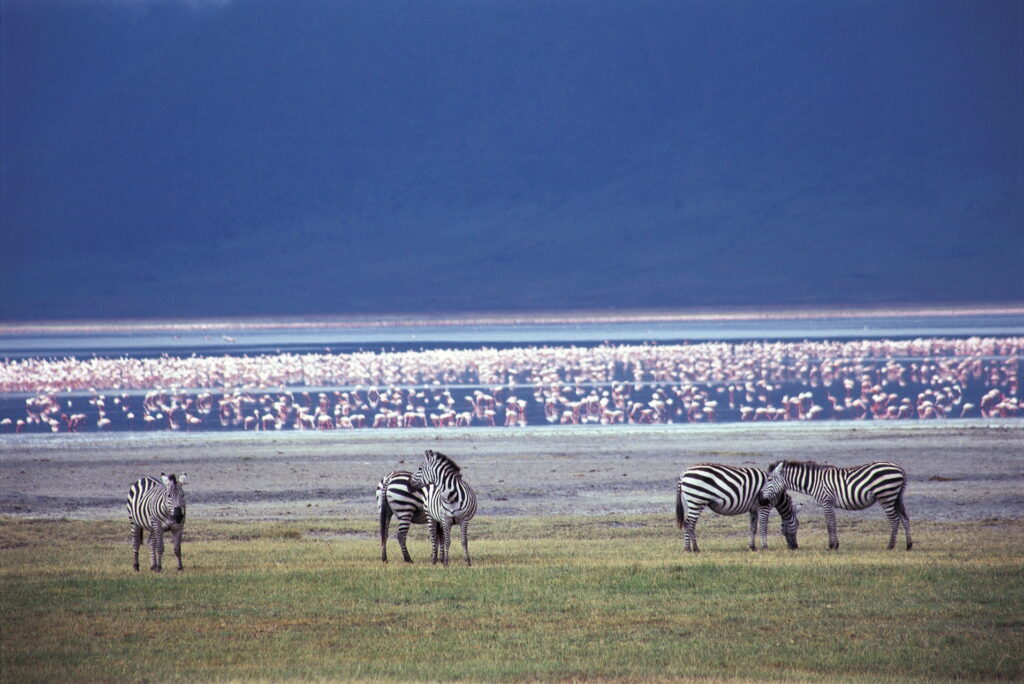
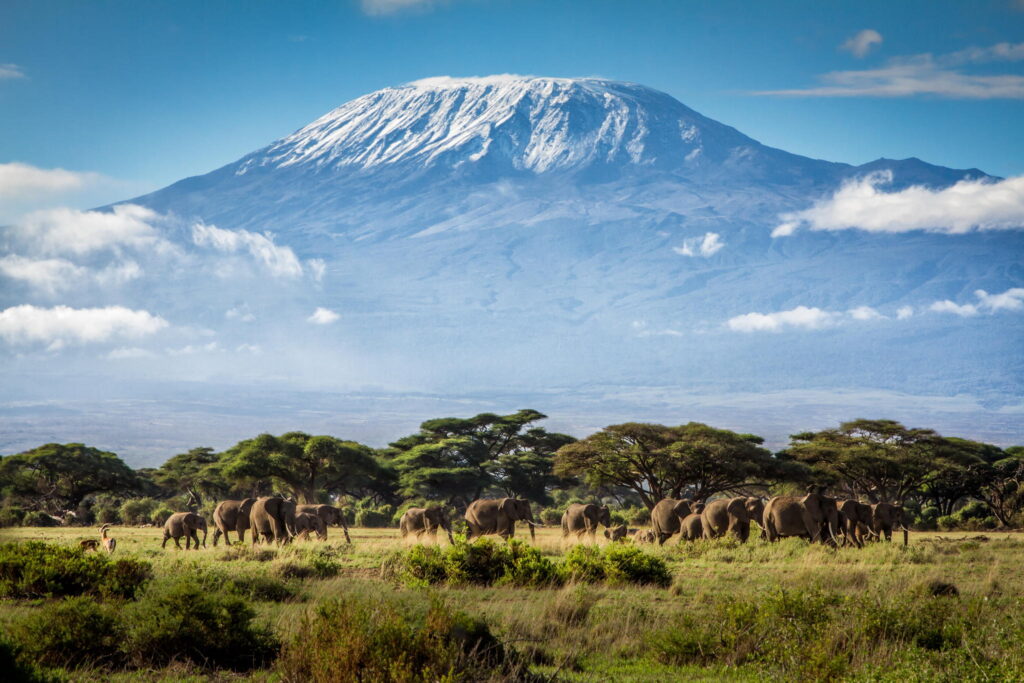
Tanzania Lodges

Lake Manyara Tree Lodge

Namiri Plains

Mwiba-Camp
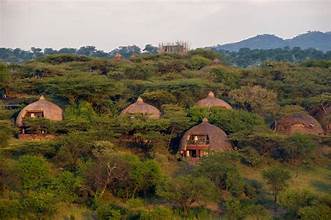
Serena serengeti
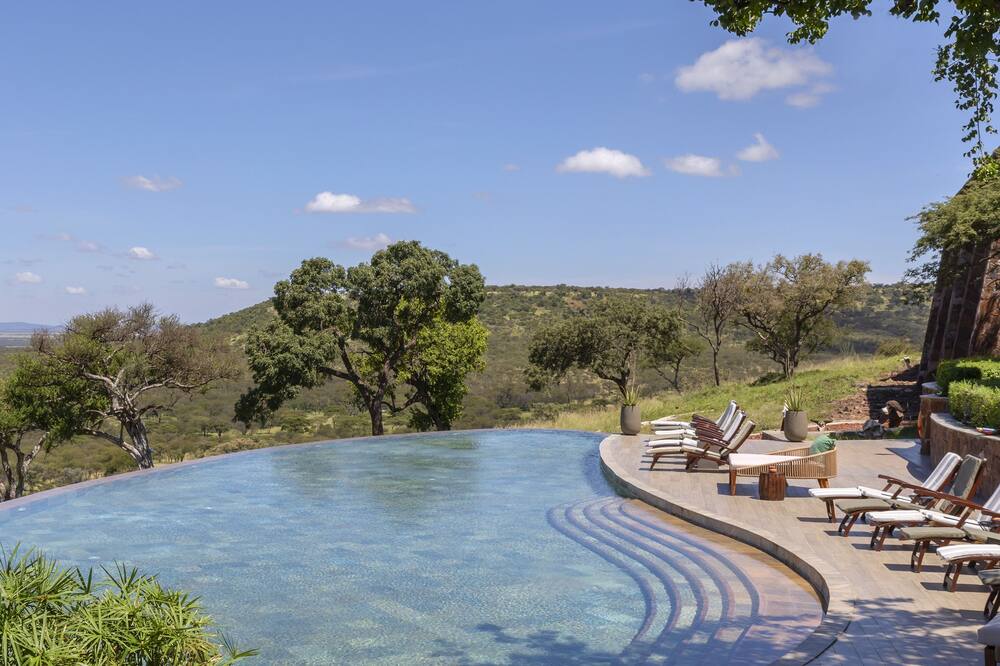
Gran Melia
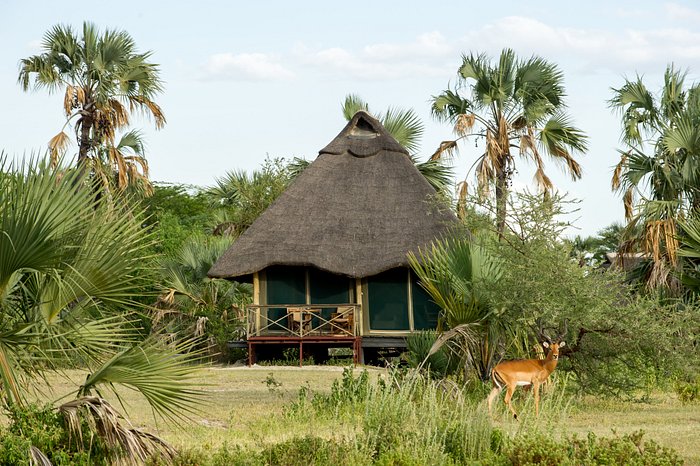
Maramboi Tented Camp
QUESTIONS?
Wondering how it works? Just…
Describe your dream trip
A Travel Expert will help curate your experience
Confirm & start packing


